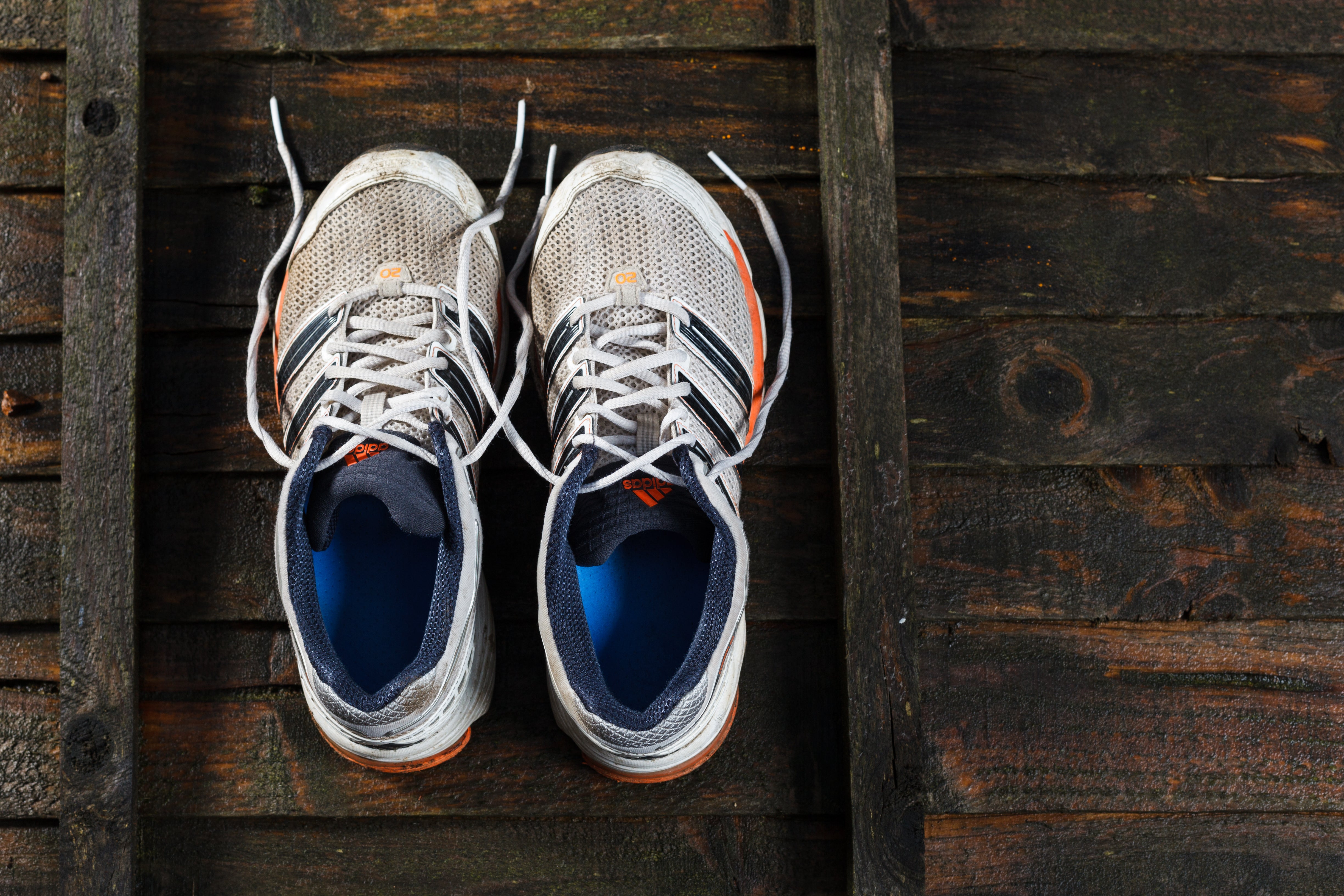People with weakened bones urged not to be ‘afraid of exercise’
Some people with osteoporosis are ‘fearful’ exercise could make their pain worse.

People with weakened bones should not be afraid to exercise regularly, experts have said.
There is no UK guidance on exercise and osteoporosis and some people have expressed “fear” over exercising.
But experts have said that muscle strengthening and other physical activity can held maintain bone strength and reduce the risk of falls.
A new paper sets out a consensus statement from academic experts, led by experts at Loughborough University, on the topic.
Inactivity should be avoided, physical activity encouraged and reassurance provided to counter the fear of moving
The key recommendations set out in the paper, published in the British Journal of Sports Medicine, include:
– People with osteoporosis should undertake resistance and impact exercise to maximise bone strength – ideally on two or three days of the week.
This should include “progressive muscles resistance training” and all muscle groups should be targeted.
Daily physical activity is recommended, spread across the day, while avoiding prolonged periods of sitting.
– People with osteoporosis should also participate in activities to improve strength and balance to reduce falls – this could include tai chi, dance, yoga and Pilates.
This type of exercise should be done twice a week to reduce the risk of falls.
For those who are already having falls, exercise interventions to prevent falls should be tailored by a local falls service so that the individual does not increase their risk.
– To reduce risk of vertebral fracture, improve posture and manage symptoms of vertebral fracture, people with osteoporosis should participate in exercises to improve muscle strength in the back to help posture and support the spine.
But any exercise that causes the back to curve excessively especially with an added load should be modified or avoided.
– People with osteoporosis with vertebral fracture should get a referral to a physiotherapist and also given “prompt” advice on moving and lifting to “reduce fear and maintain mobility and function”. This could include daily exercises to strengthen muscles.
People with osteoporosis should be encouraged to do more rather than less
Meanwhile, spinal extension exercises can improve posture and potentially reduce pain levels caused by vertebral fractures, the authors wrote.
“Physical activity and exercise have an important role in promoting bone strength, reducing falls risk and managing vertebral fracture symptoms, so they should be part of a broad approach that includes other lifestyle changes, combined with pharmaceutical treatment where appropriate,” they wrote.
“People with osteoporosis should be encouraged to do more rather than less.
“This requires professionals to adopt a positive and encouraging approach, focusing on ‘how to’ messages rather than ‘don’t do’.
“Although specific types of exercise may be most effective, even a minimal level of activity should provide some benefit.
“The evidence indicates that physical activity and exercise is not associated with significant harm, including vertebral fracture; in general, the benefits of physical activity outweigh the risks.
“Professionals should avoid restricting physical activity or exercise unnecessarily … as this may discourage exercise or activities that promote bone and other health benefits.”
They added: “Most importantly, inactivity should be avoided, physical activity encouraged and reassurance provided to counter the fear of moving that could detrimentally affect bone strength and health/quality of life more broadly.”
Bookmark popover
Removed from bookmarks